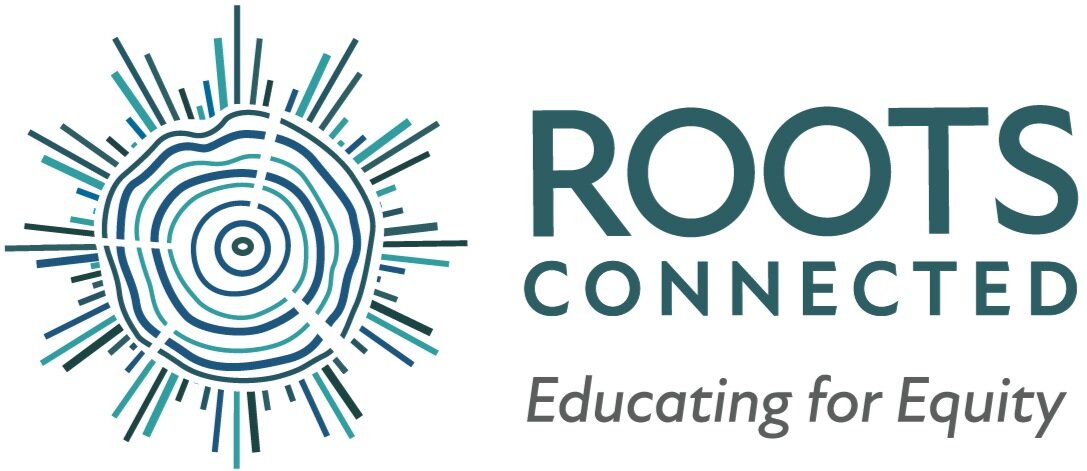Embracing Interdependence in the Classroom
Moving Beyond Independence to Collective Growth
In many educational spaces, we emphasize independence as a primary goal—students mastering skills on their own, completing tasks without assistance, and demonstrating self-sufficiency. While independence has its place, classrooms are, at their core, communities. And communities thrive not on isolation but on interdependence—the recognition that we all need one another to learn, grow, and succeed.
Disability justice advocate Mia Mingus reminds us that interdependence is not a weakness but a deep expression of love and connection. In her work, she explains:
“Interdependence is the commitment to be in each other’s lives in ways that are transformative, in ways that we have to grapple with what it means to need each other, to rely on each other, to be in accountable relationships with each other.”
She also names interdependence as an expression of love, stating:
“Disability justice is simply another term for love. Love that is transformative. Love that is political. Love that is access. Love that is justice.”
When we foster interdependence in our classrooms, we shift from a model that isolates students and their needs to one that sees success as shared—where students recognize that personal and collective well-being are tied.
Why Interdependence Matters
The myth of individualism is deeply embedded in many aspects of education. Traditional classroom structures often position students in competition with one another, measuring success by personal achievement rather than collective progress. But in reality, creating spaces where only a select few can thrive instills a belief that a love of learning isn't meant for everyone. By centering interdependence in our classrooms, we help students understand that:
Learning is not a solo journey—we do and learn best from one another.
Everyone has unique strengths and needs, and fairness means getting the support necessary to thrive, not simply treating everyone the same.
Success is not a limited resource. When one student grows, the entire community benefits.
If we want students to develop empathy, collaboration, and a sense of responsibility for their peers, we must actively build learning environments that model these values.
In Practice: Bringing the Power of Interdependence to Life
Interdependence isn’t just a concept to discuss—it’s something students experience when classrooms are structured to support it. Here are a few ways to bring this practice to life:
1. Create Opportunities for Collective Learning
Use partner and group work to help students rely on one another’s strengths.
Emphasize collaborative problem-solving, not just individual achievement.
Encourage students to teach concepts to each other, reinforcing the idea that knowledge is meant to be shared.
2. Talk About Fairness in Ways That Honor Differences
Introduce the idea that fairness means getting what you need, not that everyone gets the same thing.
Use real-life examples or books that show how people support one another in different ways.
Invite students to reflect on times when they’ve needed support or have provided it to someone else.
3. Reflect Together on Interdependence
Use these questions to guide conversations with students about the role interdependence plays in their lives:
When is a time you helped someone learn something new? How did it feel?
Have you ever needed help to understand or do something? What did you learn from that experience?
How do you feel when someone else succeeds? How is their success connected to yours?
What would happen if we didn’t work together? What might we lose?
How can we make sure everyone in our classroom community gets what they need?
When students experience interdependence in action, they see that their growth and liberation are tied to their peers’—not in competition, but in community. By embedding these practices in our classrooms, we teach students not only how to learn but how to be in the world with one another.




